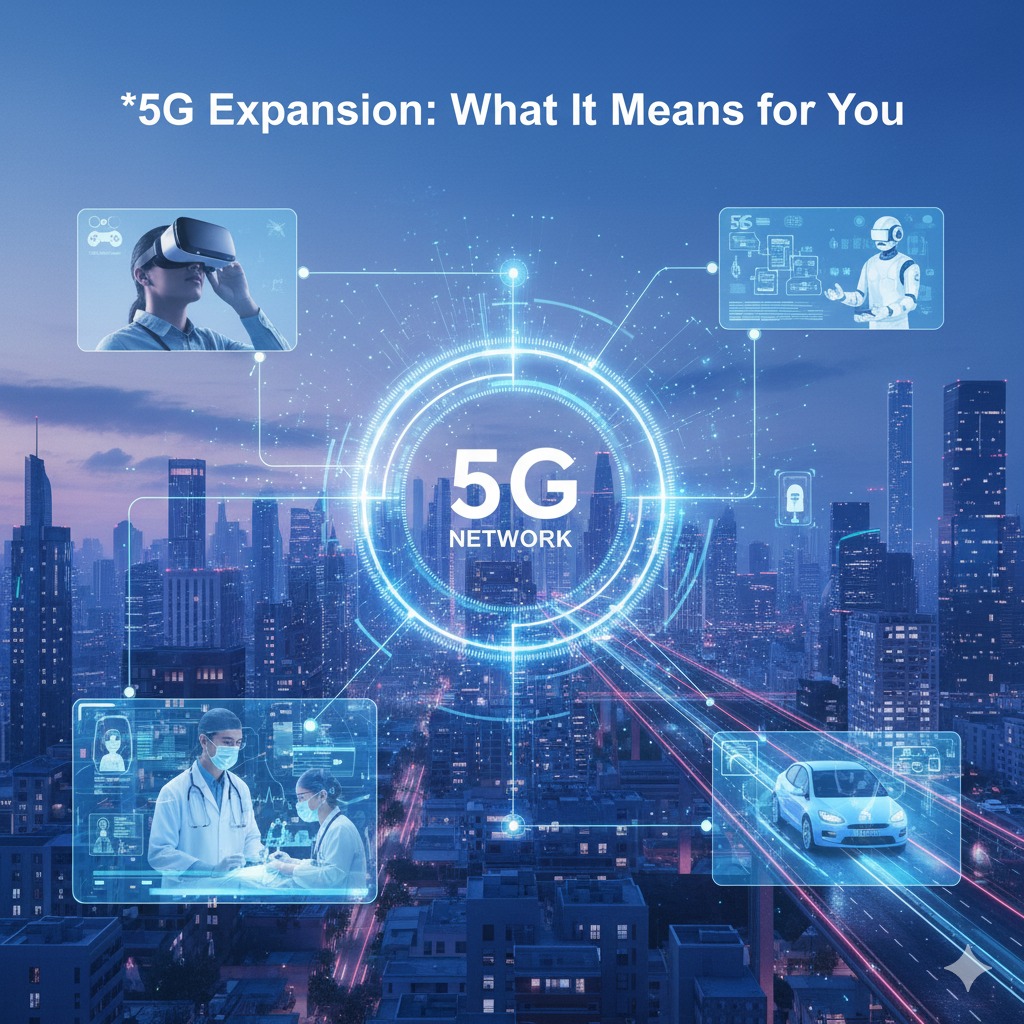
Cloud Gaming: Can It Replace Consoles?
Mục lục 1 The Dawn of a New Era in Gaming 1 1. Understanding Cloud...
The automotive world is undergoing a seismic shift, driven by electrification. For years, one name has been synonymous with this revolution: Tesla. From its pioneering spirit to its groundbreaking technology, Tesla has commanded the electric vehicle (EV) landscape. But as we approach 2025, the undisputed reign of the Silicon Valley trailblazer faces its most formidable challenge yet. A wave of innovation, backed by vast resources and diverse strategies, is poised to redefine the EV hierarchy. The question isn’t whether Tesla will remain a major player, but rather, what its market dominance will look like amidst this escalating competition.
This isn’t merely about new models entering the market; it’s about a fundamental maturation of the electric vehicle industry. As technology advances, battery costs decrease, and charging infrastructure expands, the landscape becomes ripe for intense rivalry. Legacy automakers, agile startups, and formidable Chinese manufacturers are all vying for a slice of the rapidly growing EV pie. The implications for consumers are exciting: more choices, better technology, and ultimately, a faster transition to sustainable transportation.
For over a decade, Tesla was less a car company and more a movement. It dared to challenge the internal combustion engine hegemony, proving that electric vehicles could be not just viable, but also desirable, high-performance, and technologically superior. With models like the Model S, Model 3, Model X, and Model Y, Tesla built a reputation for innovation, cutting-edge software, a dedicated Supercharger network, and a direct-to-consumer sales model that disrupted traditional dealerships. This early lead allowed Tesla to capture significant market share and become the benchmark against which all other EVs were measured. Its vertically integrated approach, from battery production to software development, gave it a unique advantage. However, this advantage is now eroding as competitors catch up and, in some areas, even surpass Tesla‘s offerings.
The traditional automotive powerhouses, once dismissive of EVs, have now fully embraced electrification, pouring billions into research, development, and manufacturing. By 2025, their efforts will yield a formidable array of competitive vehicles. Brands like Volkswagen have committed massive resources, rolling out their modular electric drive matrix (MEB) platform underpinning the successful ID.3, ID.4, and the anticipated ID. Buzz. Their sheer manufacturing scale and global dealer networks pose a significant threat, especially in volume segments. Mercedes-Benz is rapidly expanding its EQ lineup, offering luxurious and technologically advanced models like the EQS and EQE, which directly challenge Tesla‘s premium segment. Similarly, BMW‘s iX and i4 combine performance with brand prestige. These manufacturers bring decades of experience in quality control, supply chain management, and established service infrastructure.
Asian giants are equally aggressive. Hyundai and Kia, leveraging their acclaimed E-GMP platform, have launched critically praised vehicles like the Ioniq 5 and Kia EV6. These models boast ultra-fast charging capabilities, striking designs, and competitive pricing, often featuring vehicle-to-load (V2L) technology that Tesla has yet to widely adopt. Japanese automakers like Toyota and Honda are also accelerating their EV strategies, although perhaps at a slightly slower pace than their European and Korean counterparts. Their focus on reliability and mass-market appeal could carve out significant segments.
Beyond the established names, a new wave of electric vehicle startups is challenging Tesla‘s position, particularly in specialized and luxury segments. Rivian, with its adventurous R1T electric pickup truck and R1S SUV, has successfully targeted the outdoor and utility market, an area where Tesla‘s Cybertruck faces stiff competition not just from Rivian but also from Ford’s F-150 Lightning. Lucid Motors, spearheaded by former Tesla Model S chief engineer Peter Rawlinson, offers the ultra-luxury Lucid Air, boasting industry-leading range and performance that directly aims for the highest echelon of the EV market, often surpassing Tesla‘s flagship models in specific metrics.
Perhaps the most significant long-term threat comes from Chinese manufacturers. Companies like BYD, now the world’s largest EV manufacturer by volume (including PHEVs), are expanding globally with compelling, affordable, and technologically advanced vehicles. Nio, with its innovative battery swap technology and premium service model, offers a unique proposition. XPeng focuses on intelligent driving systems and advanced in-car technology, while Geely‘s brands, including Zeekr, are making significant strides in design and performance. These companies benefit from robust domestic supply chains, rapid iteration cycles, and aggressive pricing strategies, making them formidable competitors both in China and increasingly in international markets.
The fight for EV supremacy in 2025 will be waged across several critical fronts:
While Tesla was an early leader in battery efficiency and range, competitors are rapidly catching up. Advances in chemistry (e.g., LFP, NMC 811), cell-to-pack designs, and improved energy density mean that rivals can offer comparable or even superior ranges. The pursuit of solid-state batteries promises another leap, with many OEMs and startups investing heavily in this next-generation technology. Faster charging speeds, often exceeding Tesla‘s peak rates, are also becoming a key differentiator.
Tesla‘s software integration and its Full Self-Driving (FSD) beta program have been a core advantage. However, traditional automakers are catching up rapidly, often through partnerships with tech giants like Google (Android Automotive), Nvidia, or specializing in their own advanced driver-assistance systems (ADAS). Mercedes-Benz’s Drive Pilot, for instance, has achieved Level 3 autonomous driving certification in certain regions, a significant milestone. The overall user experience, from infotainment interfaces to connectivity features, is becoming a crucial battleground.
Tesla‘s Supercharger network has long been a standout feature, providing seamless charging for its owners. However, the landscape is shifting. Competitors are building out their own networks (e.g., Electrify America, IONITY, EVgo) and increasingly, Tesla itself is opening its network to other EV brands, diluting a unique selling proposition. The expansion of reliable public charging options reduces the need for brand-specific networks, making universal access more important.
As EV production scales, cost reduction becomes paramount. Tesla has aggressively cut prices on its existing models, sometimes impacting resale values, to maintain competitiveness. However, many new entrants, particularly from China, are offering highly capable EVs at lower price points, putting immense pressure on Tesla‘s margins and market share in more accessible segments. The promise of a sub-$30,000 Tesla remains a critical future product that will face immense competition.
While Tesla‘s minimalist design language appeals to many, other automakers offer a wider variety of styles, interior finishes, and luxury touches that resonate with different consumer tastes. The perceived build quality and fit-and-finish in some Tesla models have been a point of criticism, which competitors with decades of manufacturing expertise are keen to exploit.
Despite the looming competition, Tesla is far from down and out. Its brand loyalty remains exceptionally strong, often driven by a passionate community. Its vertical integration, particularly in battery cell production and AI development for autonomy, still offers significant long-term advantages. The company’s relentless pace of innovation, evidenced by projects like the Cybertruck ramp-up, the forthcoming Robotaxi platform, and the speculated “Model 2” or “Juniper” next-generation compact EV, showcases its continued ambition. The Supercharger network, even if opened to others, remains robust and reliable. Furthermore, Tesla‘s ability to drive down manufacturing costs and its expertise in over-the-air (OTA) software updates keep it at the forefront of automotive technology.
2025 will mark a pivotal moment where the EV market transitions from early adoption to mass-market maturity. Tesla will undoubtedly remain a dominant force, but its once-unrivalled market share will likely see some erosion. The era of single-brand dominance is giving way to a more diverse and competitive landscape, benefiting consumers with an unprecedented array of choices. The ultimate winners will be those who can consistently deliver superior technology, compelling design, competitive pricing, and a seamless ownership experience across all segments. For tech enthusiasts, this intensified competition promises an exciting future, brimming with innovation and rapid advancements in electric mobility. The race for the electric automotive crown is officially on, and it’s never been more thrilling.

Mục lục 1 The Dawn of a New Era in Gaming 1 1. Understanding Cloud...

Mục lục 1 The Dawn of a Connected Era: Unpacking 5G’s Global Rollout 1 1....

Mục lục 1 Quantum Computing Breakthroughs This Year: A Leap Towards the Future 1 1....
Mục lục 1 Semiconductor Shortage: Is the Silicon Drought Finally Over? 1 1. The Echoes...
Category with many best articles